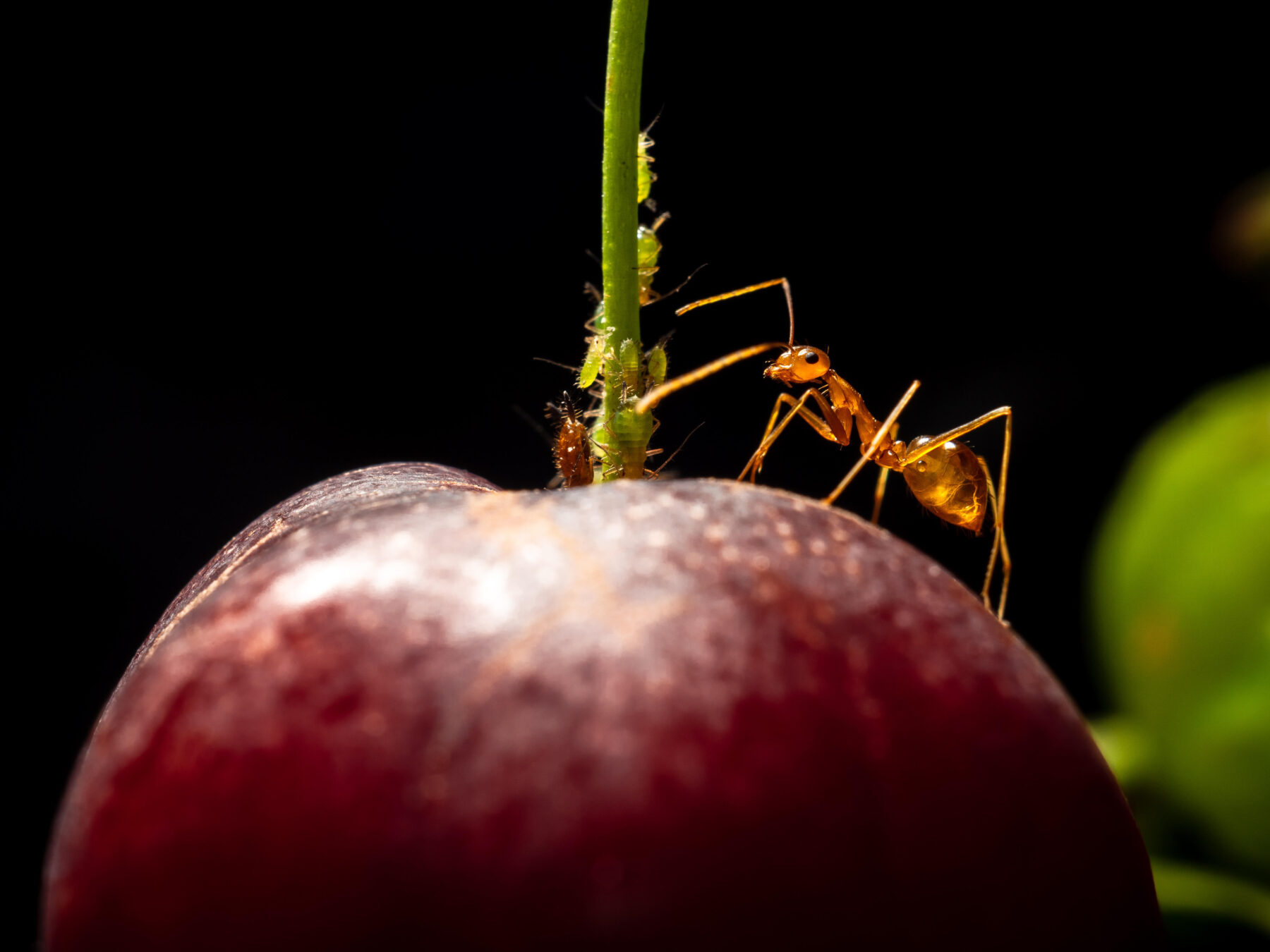Yellow crazy ant genes are like nothing we’ve ever seen before

Bec Crew
Bec Crew

Named for the erratic movements they make when disturbed, these aggressive insects spray acid at their prey, targeting their eyes, legs and mouth in order to paralyse them. In great numbers, they swarm their helpless victims, tearing them limb from limb.
The wanton destruction of the yellow crazy ant (Anoplolepis gracilipes) has wreaked ecological havoc in places such as Gove Peninsula, in the north-eastern corner of Arnhem Land, and Christmas Island, famous for the annual mass migration of red crabs . It’s estimated that the accidental introduction of yellow crazy ants to Christmas Island in the 20th century has wiped out about 10–15 million (or as much as one-third of the entire population) red crabs (Gecarcoidea natalis).
What’s remarkable about the yellow crazy ant is the fact that, similar to the chaos that defines how they overwhelm and kill their prey, there’s a kind of chaos that’s playing out inside of them. Scientists have released the results of an investigation into the species’ genomes, and describe them as unlike anything they’ve seen in another animal.
As this paper published in Science describes, male yellow crazy ants are known as chimaeras, which means they contain two different sets of DNA, or “two warring cell lineages with two entirely different sets of genomes”, as Nature describes it. So, instead of all of their cells containing the same genes, as is the case with humans and other species, in yellow crazy ants, some cells carry only maternal genetic material, and others only carry paternal genetic material.
Not only is this the first time that such a phenomenon has been identified in a living creature, but scientists are unsure as to why it’s occurred at all. “It’s a piece of biology that’s unparalleled as far as we know,” biologist Daniel Kronauer, who was not involved in the study, told Nature.
Who would have thought such bizarre genetics are playing out inside such a tiny creature.

Strange genetics aside, it’s not okay what yellow crazy ants are doing to red crabs, so there are efforts to curb their destructive activity.
Until recently, rangers from Christmas Island National Park have been laying poisonous bait in yellow crazy ant super-colonies, which can comprise thousands of individuals. But this is expensive, labour intensive, and the work never stops.
So, the rangers are trying something else: ‘biocontrol’, which means using another insect to target the crazy ants’ food source. In this case, it’s a 2mm-long Malaysian micro-wasp (Tachardiaephagus somervillei). You can read more about the potential of this tiny wasp rescue plan here.

